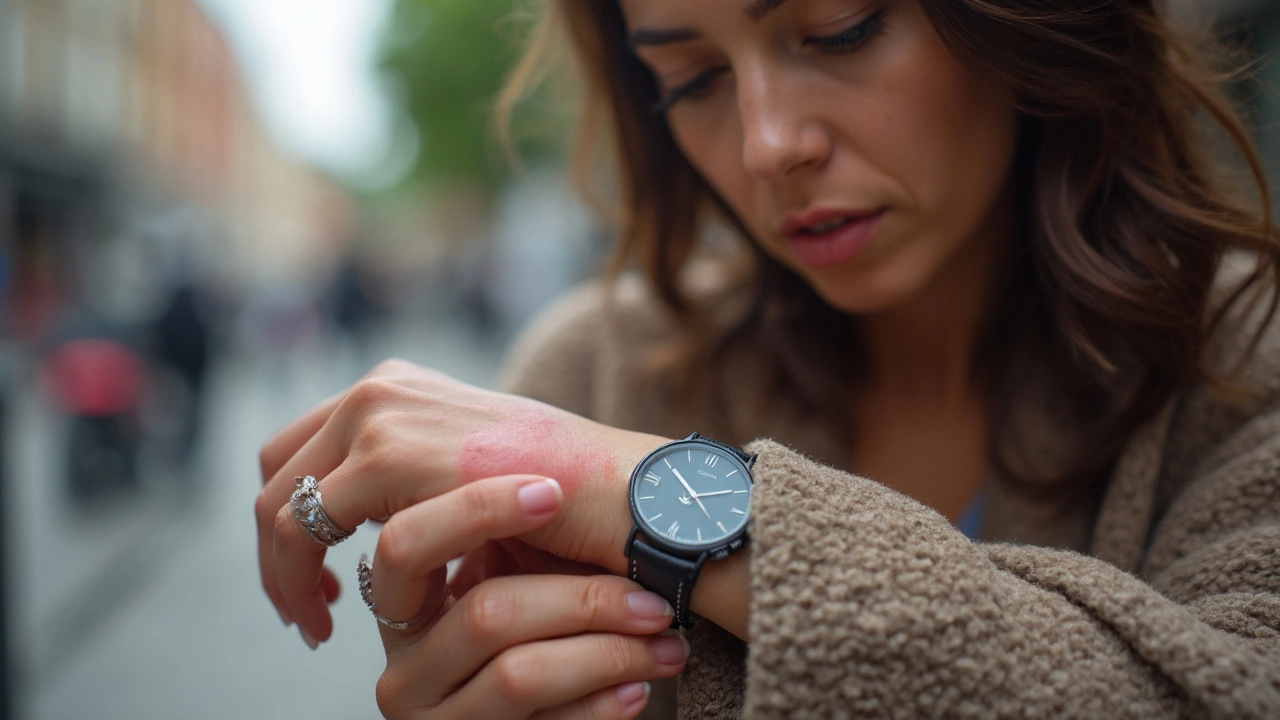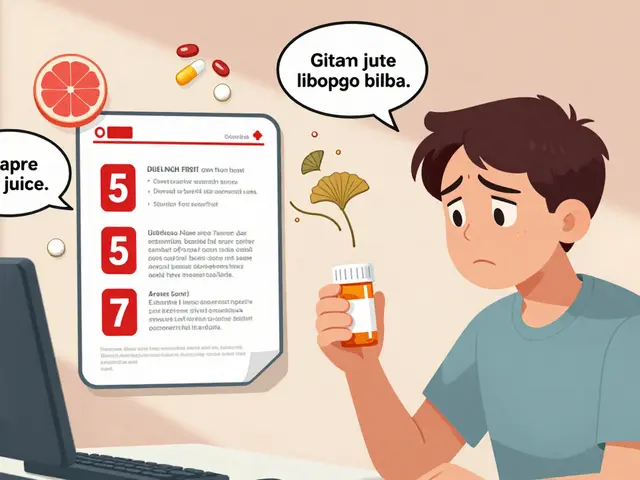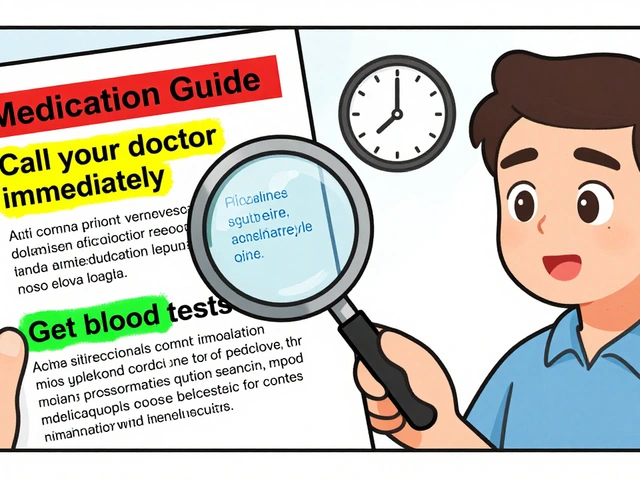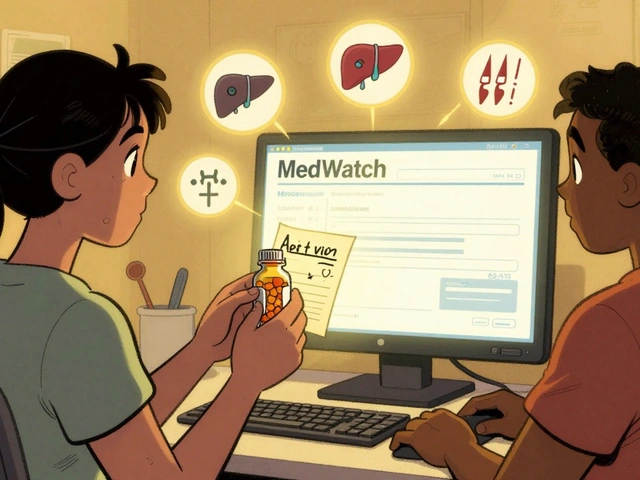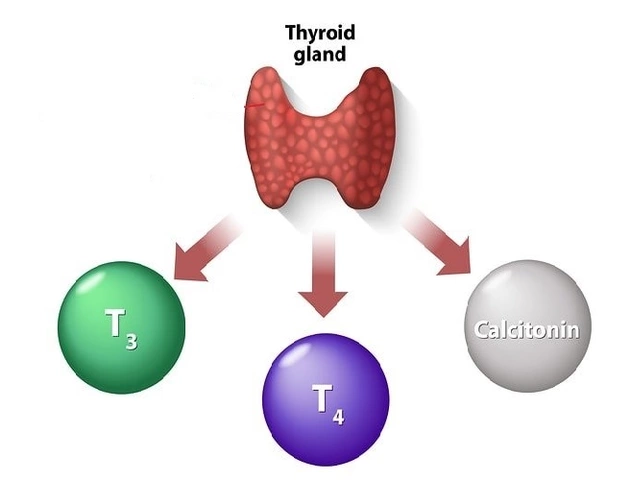Contact Dermatitis: What It Is and How to Beat It
If your skin suddenly turns red, itchy, or blistery after touching something new, you’re probably dealing with contact dermatitis. It’s a common rash that shows up when the skin reacts to an irritant or an allergen. The good news? Most cases are mild and can be handled at home if you know what to look for.
Common Triggers & How to Identify Them
Everyday items can set off a reaction. Things like nickel in jewelry, fragrances in soaps, latex gloves, or even certain plants (think poison ivy) are frequent culprits. To pinpoint the cause, think back to what you touched before the rash appeared. A quick “what did I use today?” checklist helps you spot the offender fast.
If you suspect an allergy, try a patch test at home: apply a small amount of the suspected substance on clean skin and wait 24‑48 hours. No reaction? Probably not the cause. Still irritated after a few days? Stop using the product right away and wash the area with mild soap.
Effective Home Remedies & When to See a Doctor
For mild irritation, cool compresses are your best friend. Wet a clean cloth with cold water, wring it out, and hold it on the rash for 10‑15 minutes. This reduces itching and swelling without harsh chemicals.
Over‑the‑counter hydrocortisone cream (1%) can calm inflammation. Apply a thin layer two to three times daily—no need to slap on a thick coat. If the skin feels dry, follow up with an unscented moisturizer to lock in moisture and prevent cracking.
Sometimes, antihistamines like diphenhydramine help if the itch is driving you crazy at night. Take the recommended dose and avoid alcohol while using them.
When home care isn’t enough—if blisters spread, pain intensifies, or you develop fever—it’s time to see a doctor. Prescription‑strength steroids or oral meds may be needed for severe cases. Also, if you’re unsure whether it’s an allergy or irritation, a dermatologist can run proper tests.
Prevention is the long‑term win. Wear gloves when handling chemicals, choose hypoallergenic soaps, and opt for jewelry made of surgical‑grade stainless steel. Keeping a list of known triggers handy makes future flare‑ups easier to avoid.
Contact dermatitis can be annoying, but with quick identification, simple home steps, and the right medical help when needed, you’ll keep your skin healthy and itch‑free.

